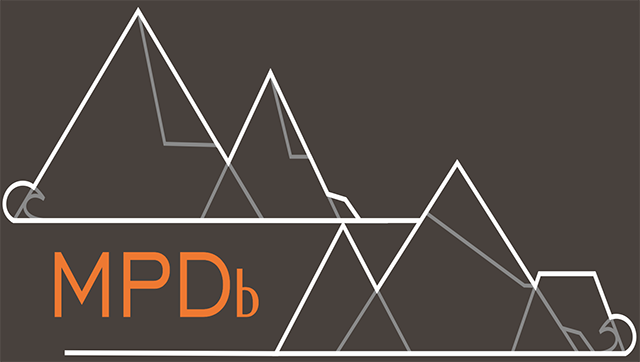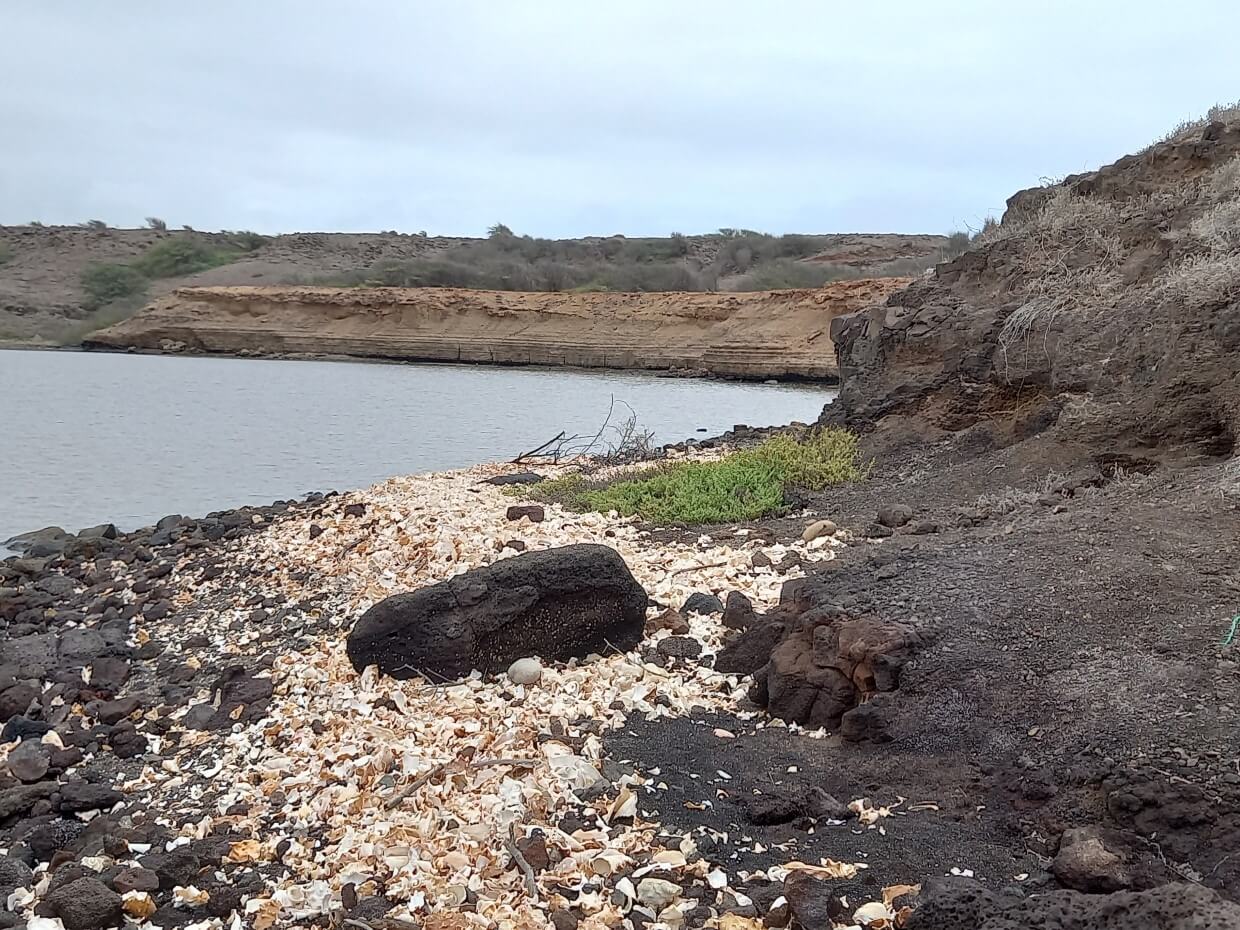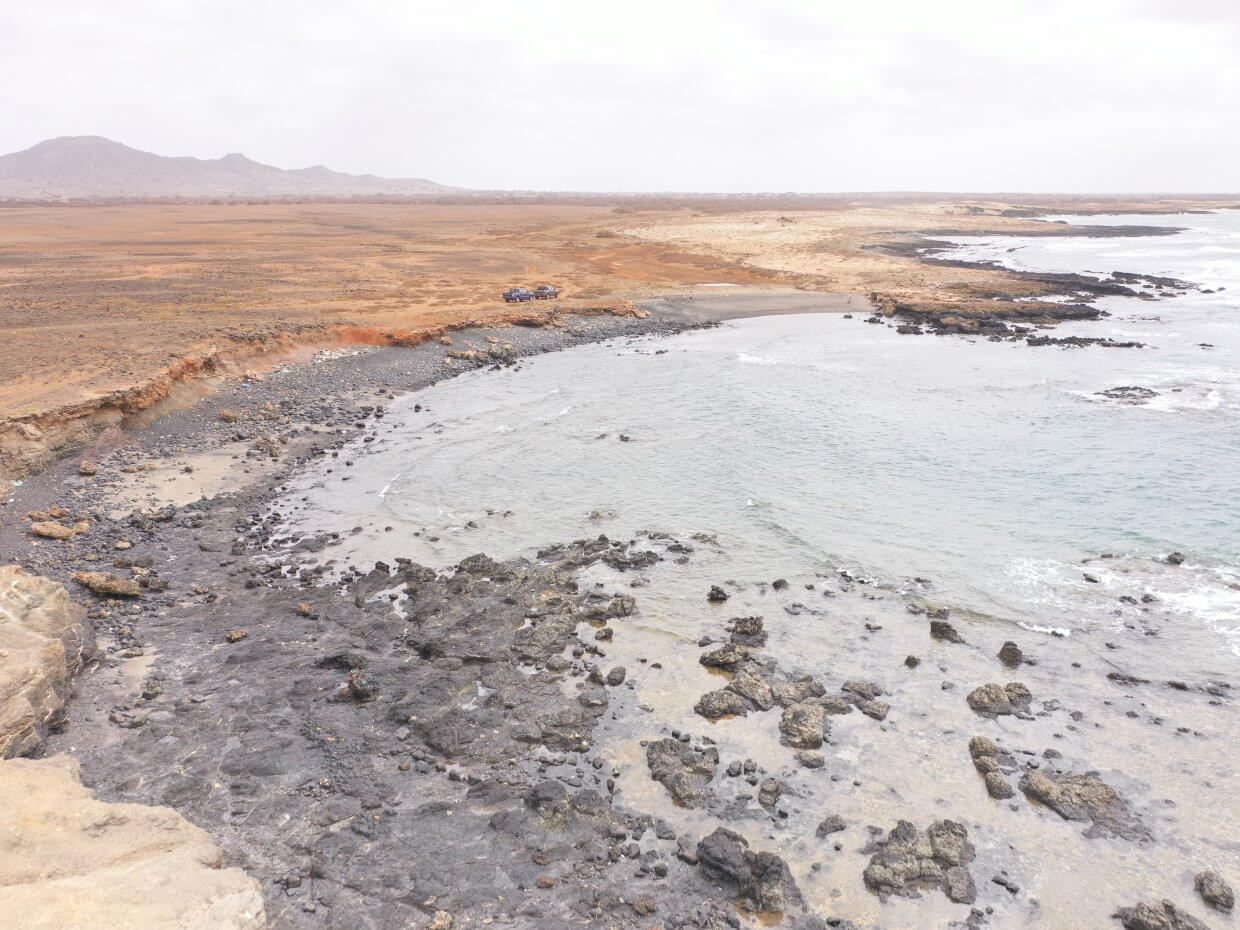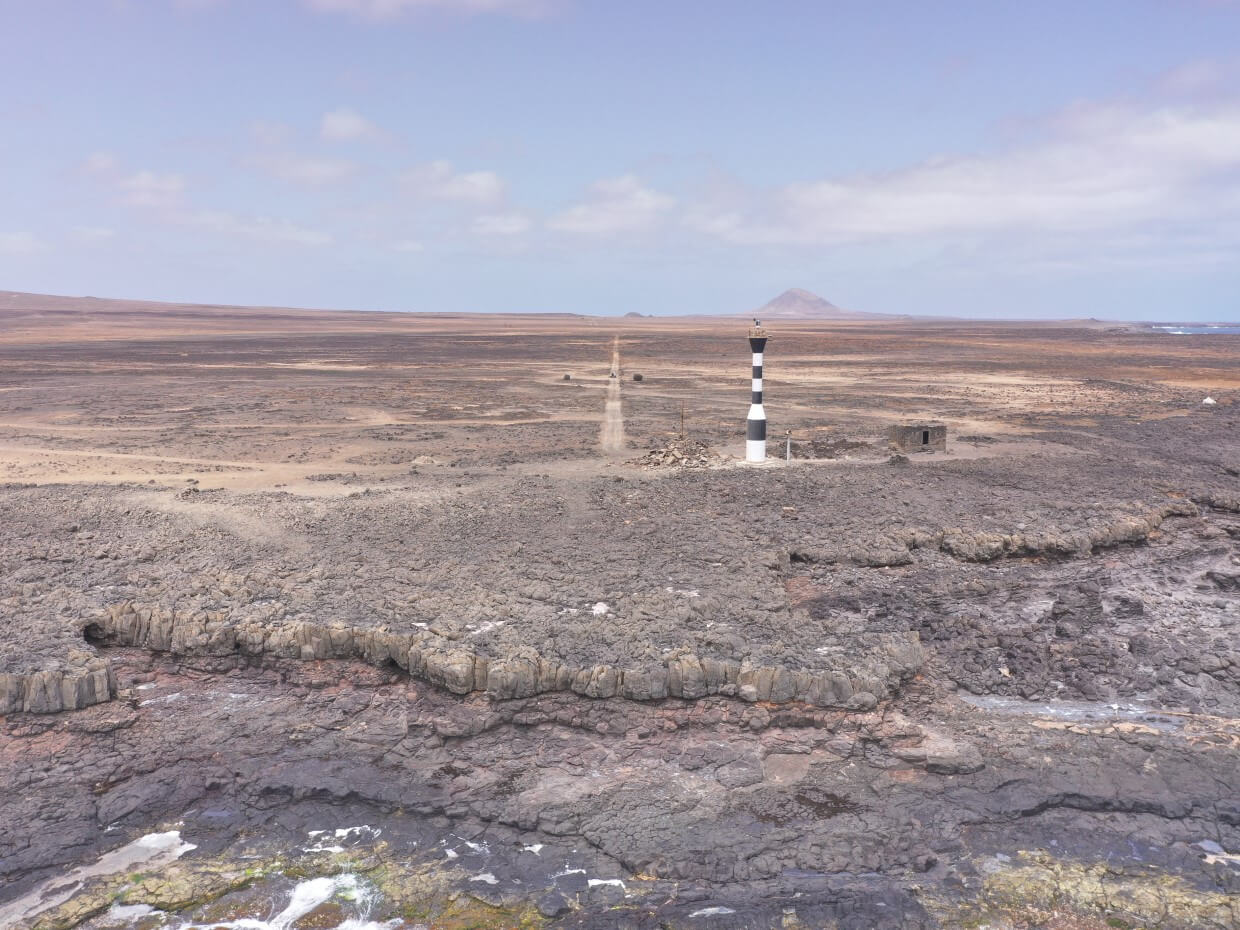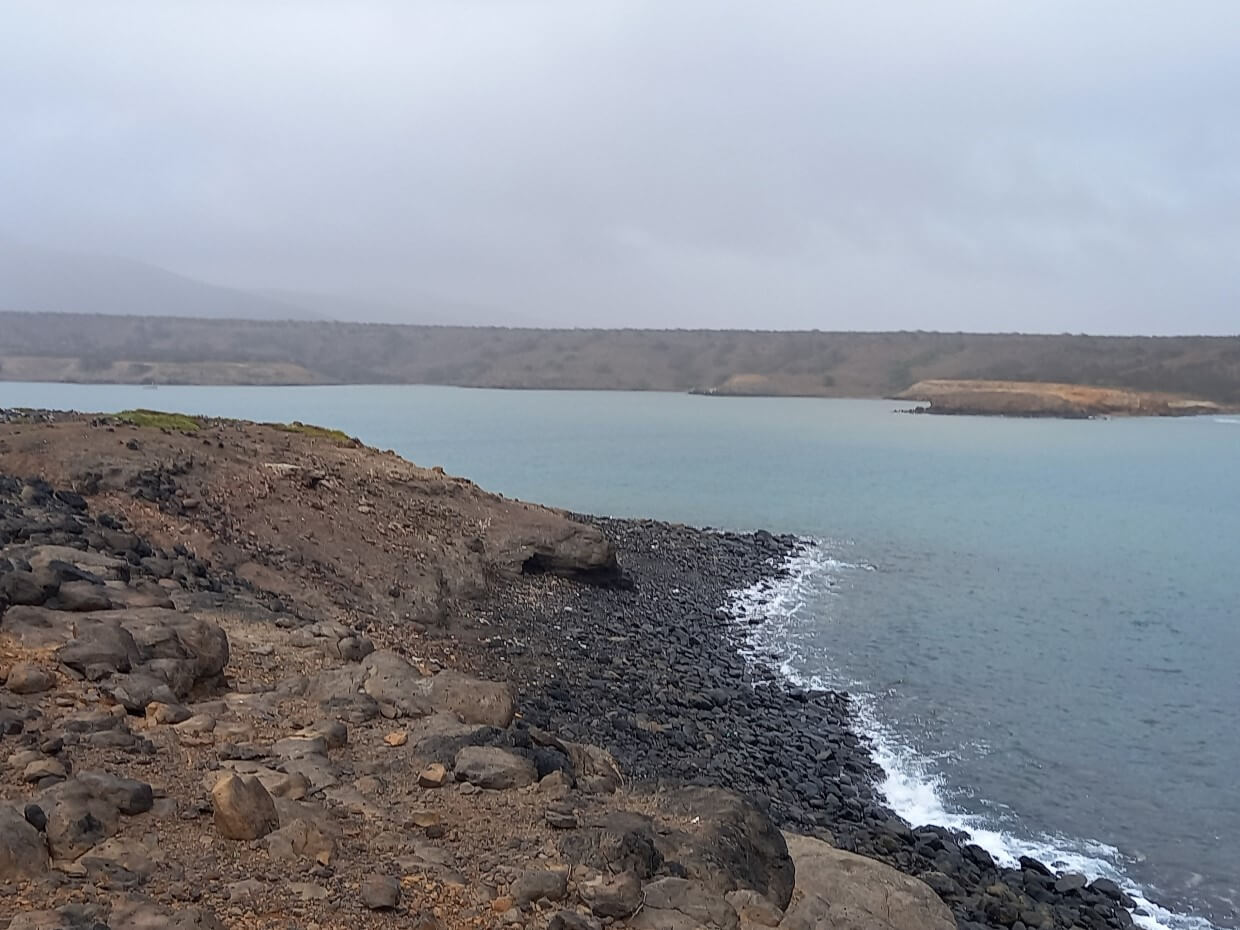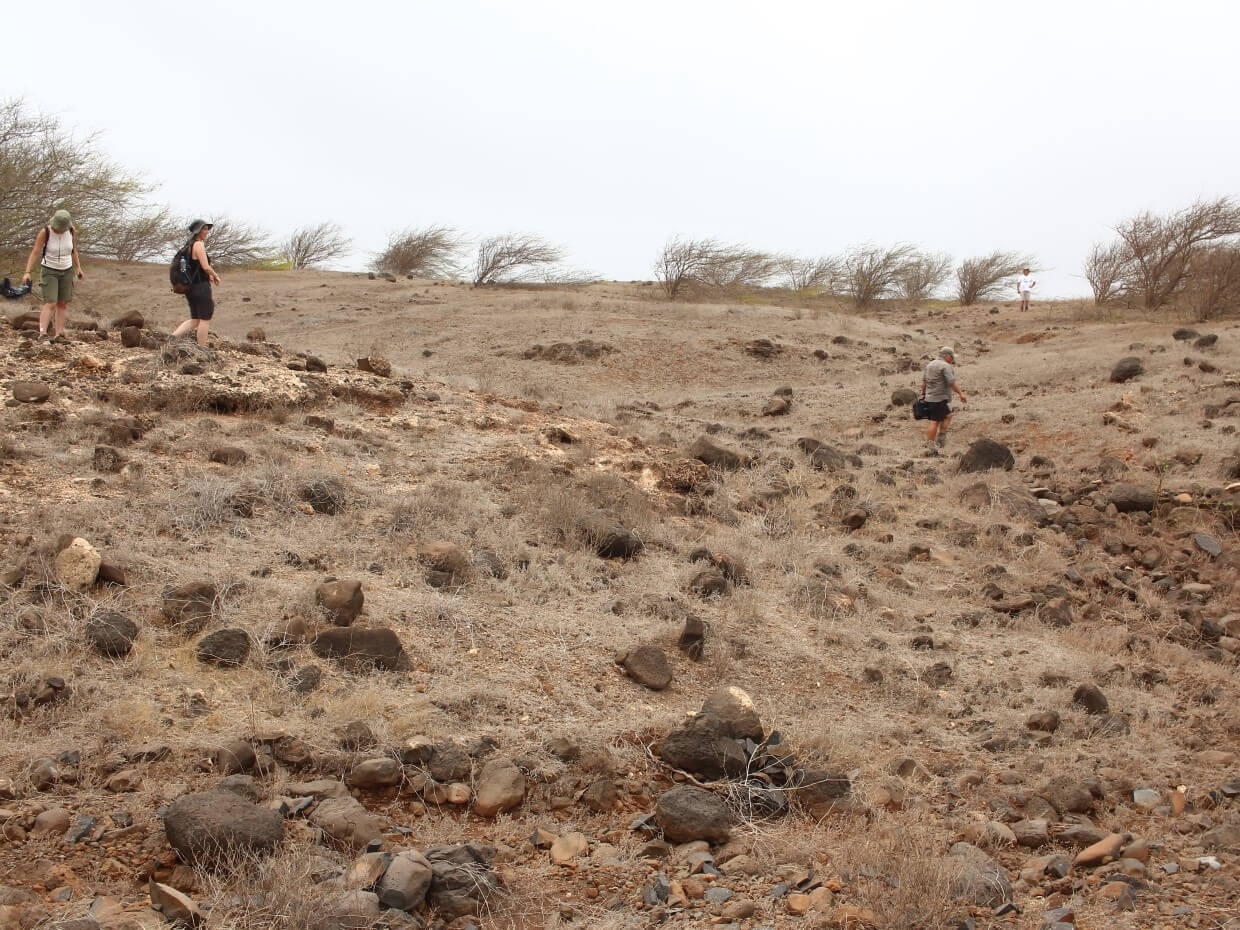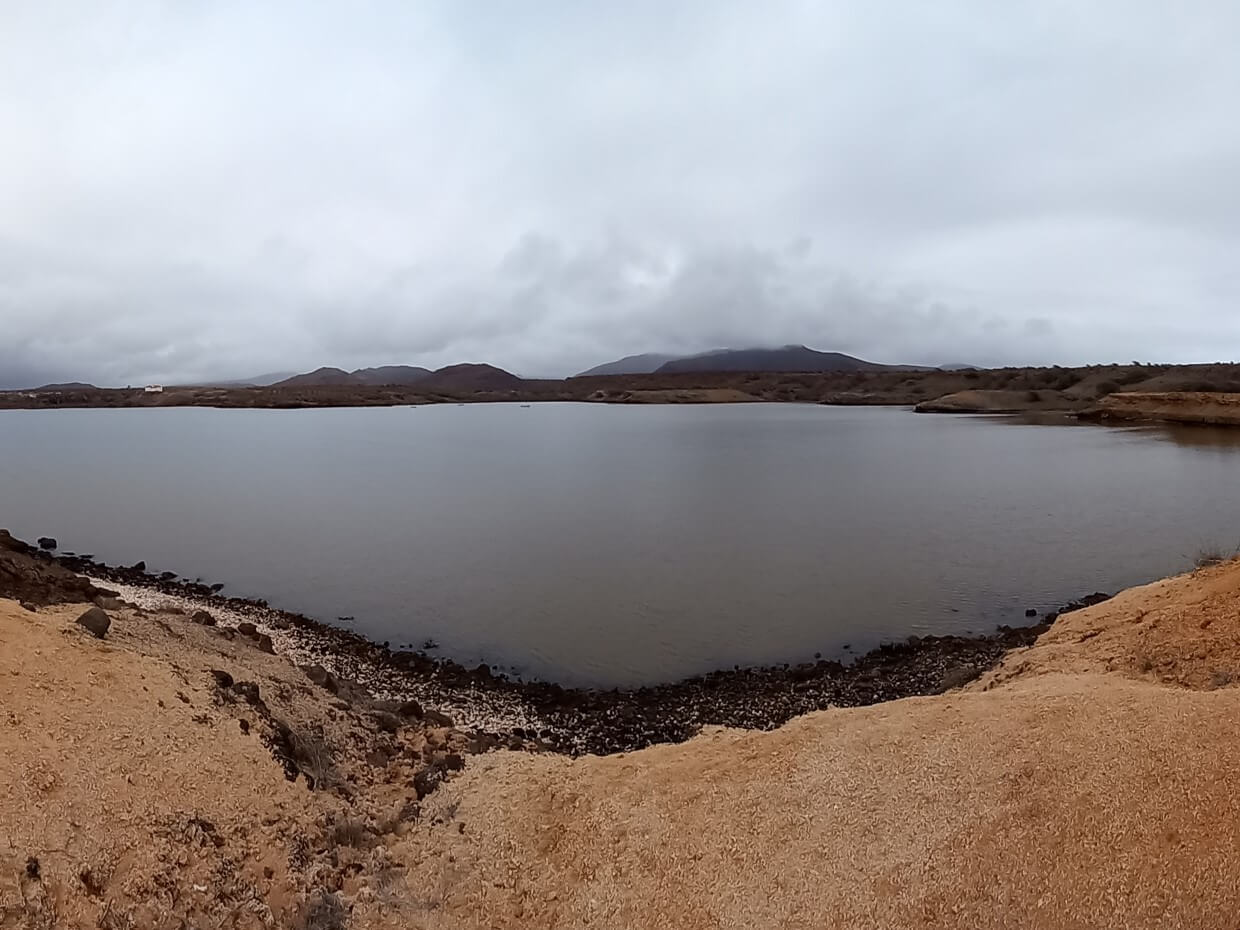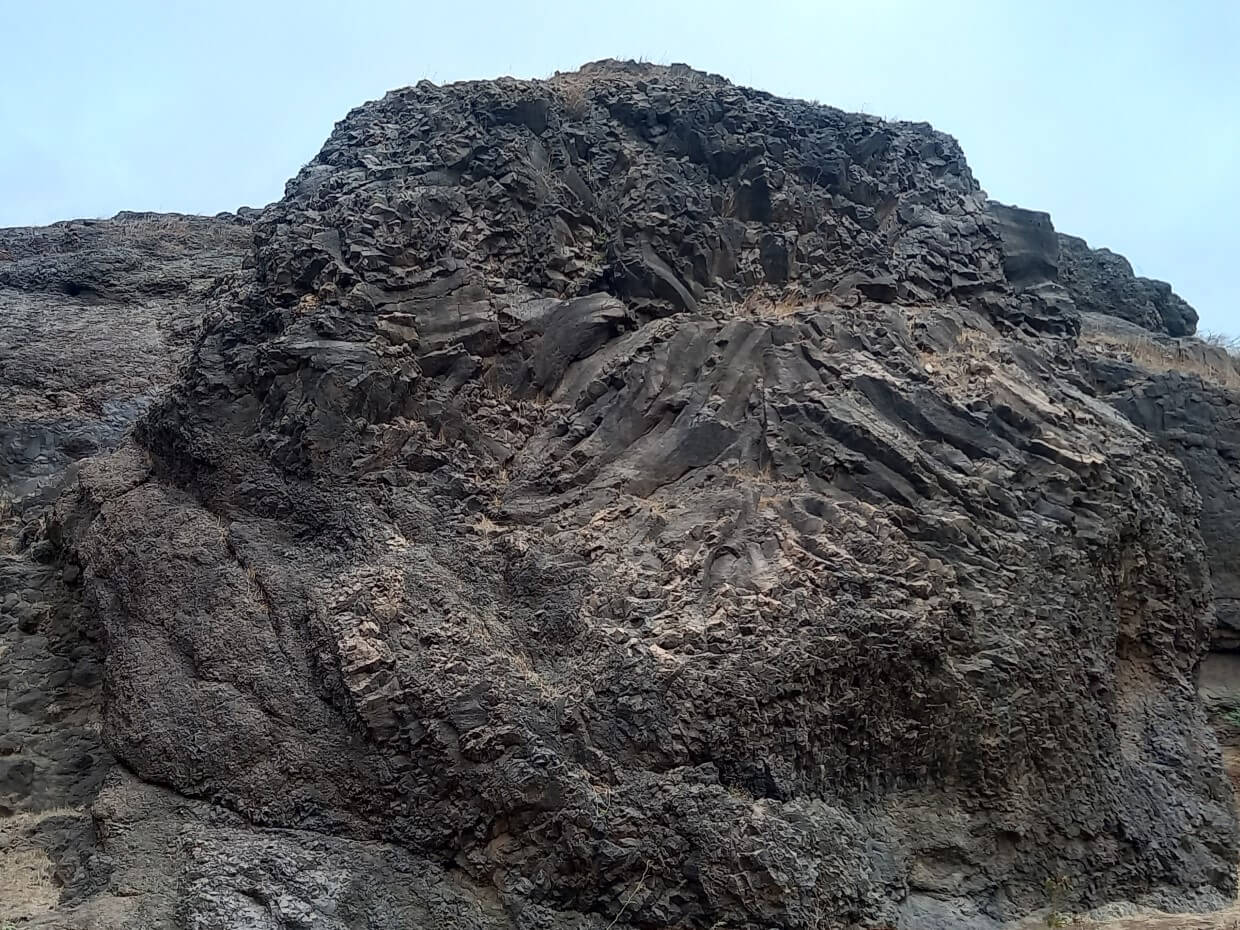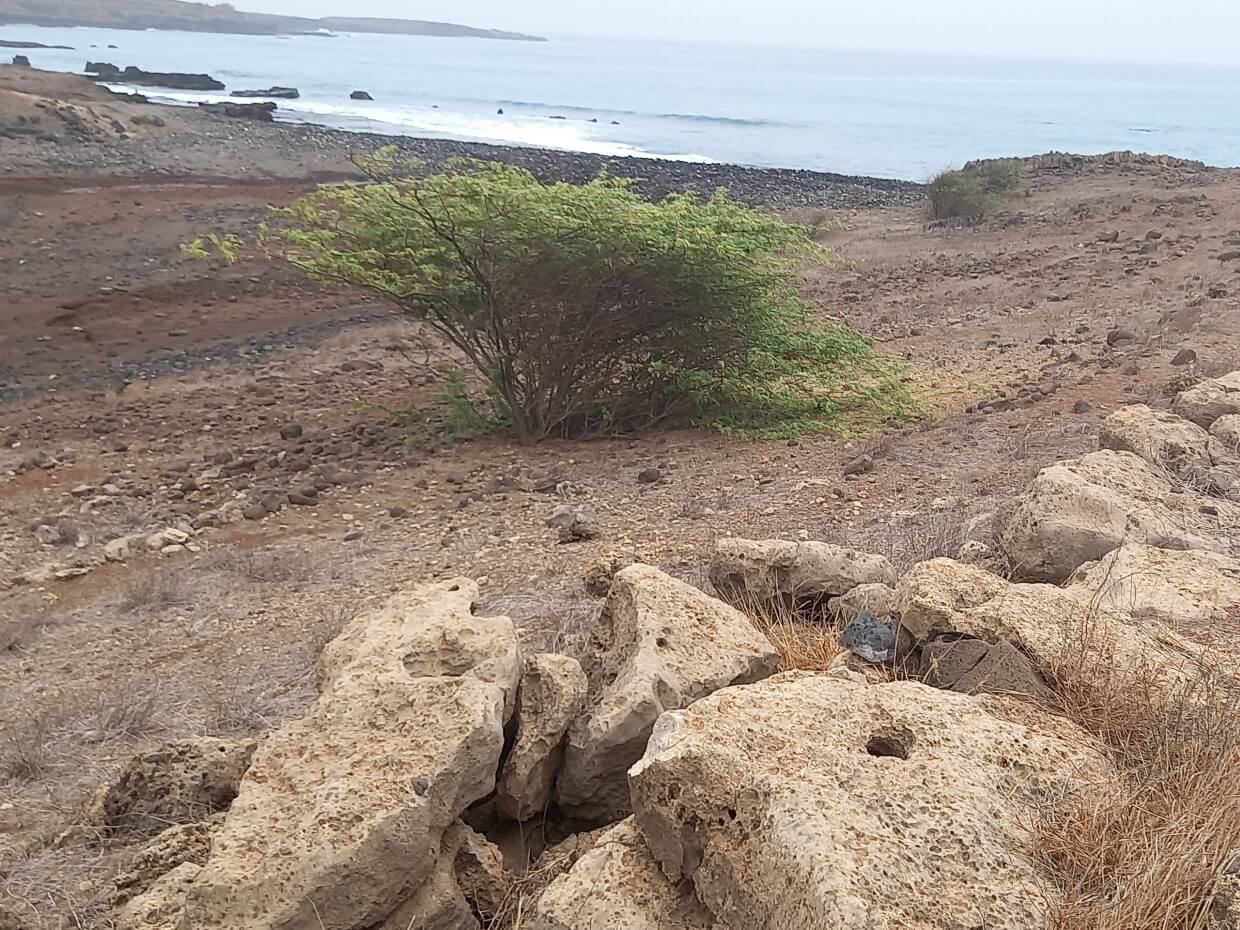Cabo Verde
Cabo Verde es el archipiélago más meridional de la Macaronesia, situado a 600 km de la costa occidental de África, entre las latitudes 14°40′ y 17°30′ N y las longitudes 25°30′ y 21°30′ O. Cabo Verde corresponde a un conjunto de diez islas volcánicas y algunos islotes, con edades comprendidas entre 15,8 Ma en Sal y 3 Ma en Fogo (Ramalho, 2011).
El origen del archipiélago está asociado al punto caliente de Cabo Verde, con actividad volcánica desde el Oligoceno (Ramalho, 2011) hasta la actualidad en la isla de Fogo, con la última erupción volcánica en 2014/2015 (Mata et al., 2017).
De las diez islas, se conocen yacimientos fosilíferos marinos en nueve, con edades comprendidas entre el Mioceno y el Holoceno (Gudveig Baarli et al., 2013; Johnson et al., 2012, 2013, 2020; Mayoral et al., 2013, 2018; Johnson & Gudveig Baarli, 2015).
Explore los datos de paleobiodiversidad de Cabo Verde
Bibliografía
GUDVEIG BAARLI, B., A. SANTOS, E.J. MAYORAL, J. LEDESMA-VÁZQUEZ, M.E. JOHNSON, C.M. DA SILVA & M. CACHÃO, 2013. What Darwin did not see: Pleistocene fossil assemblages on a high energy coast at Ponta das Bicudas, Santiago, Cape Verde Islands. Geological Magazine, 150(1): 183–189.
JOHNSON, M.E. & B. GUDVEIG BAARLI, 2015. Charles Darwin in the Cape Verde and Galápagos archipelagos: The role of serendipity in development of theories on the ups and downs of oceanic islands. Earth Sciences History, 34 (2): 220–242.
JOHNSON, M.E., GUDVEIG BAARLI, B., M. CACHÃO, C.M. DA SILVA, J. LEDESMA-VÁZQUEZ, E.J. MAYORAL, R.S. RAMALHO & A. SANTOS, 2012. Rhodoliths, uniformitarianism, and Darwin: Pleistocene and Recent carbonate deposits in the Cape Verde and Canary archipelagos. Palaeogeography, Palaeoclimatology, Palaeoecology, 329–330: 83–100.
JOHNSON, M.E., B. GUDVEIG BAARLI, M. CACHÃO, C.M. da SILVA, R.S. RAMALHO, J. LEDESMA-VÁZQUES, E.J. MAYORAL & A. SANTOS, 2013. Coastal dunes with high content of rhodolith (coralline red algae) bioclasts: Pleistocene formations on Maio and São Nicolau in the Cape Verde archipelago. Aeolian Research, 8: 1–9.
JOHNSON, M.E., R.S. RAMALHO & C.M. DA SILVA, 2020. Storm-Related Rhodolith Deposits from the Upper Pleistocene and Recycled Coastal Holocene on Sal Island (Cabo Verde Archipelago). Geosciences, 10(11): 419.
MATA, J., S. MARTINS, N. MATTIELLI, J. MADEIRA, B. FARIA, R.S. RAMALHO, P. SILVA & M. MOREIRA, 2017. The 2014 e 15 eruption and the short-term geochemical evolution of the Fogo volcano (Cape Verde): evidence for small-scale mantle heterogeneity. Lithos, 288-289: 91–107.
MAYORAL, E.J., J. LEDESMA-VÁZQUEZ, B. GUDVEIG BAARLI, A. SANTOS, R.S. RAMALHO, M. CACHÃO, C.M. DA SILVA & M.E. JOHNSON, 2013. Ichnology in oceanic islands; case studies from the Cape Verde Archipelago. Palaeogeography, Palaeoclimatology, Palaeoecology, 2013(381-382): 47–66.
MAYORAL, E.J., A. SANTOS, J.A.G. VINTANED, J. LEDESMA-VÁZQUEZ, B. GUDVEIG BAARLI, M. CACHÃO, C.M. DA SILVA & M.E. JOHNSON, 2018. Upper Pleistocene trace fossils from Ponta das Bicudas, Santiago, Cape Verde Islands: Systematics, taphonomy and palaeoenvironmetal evolution. Palaeogeography, Palaeoclimatology, Palaeoecology, 498: 83–98.
RAMALHO, R.S., 2011. Building the Cape Verde Islands. Springer-Verlag Berlin Heidelberg, Berlin, p. 210.
Como citar:
MPDb (2023). Cabo Verde. Base de datos de Paleobiodiversidad de la Macaronesia. https://macpaleo.uac.pt/es/cabo-
